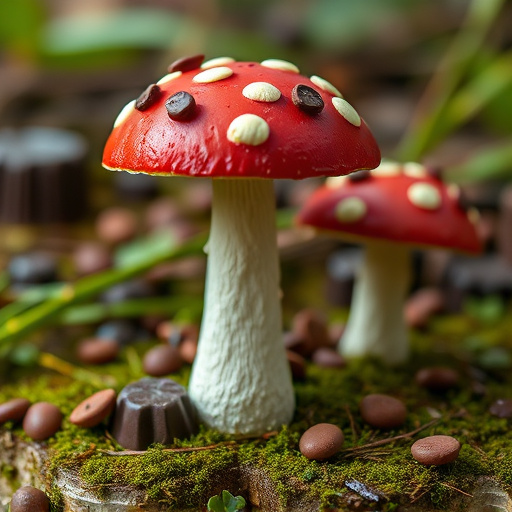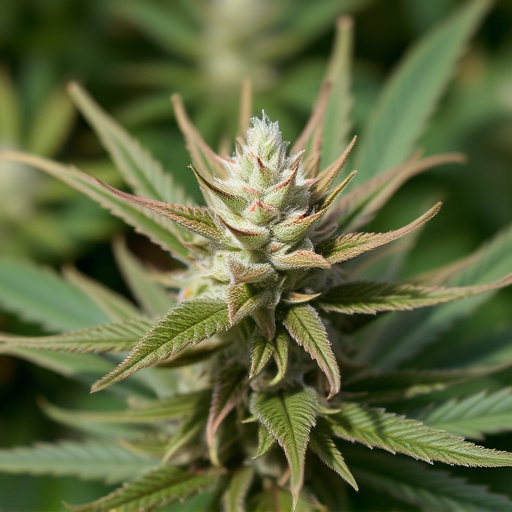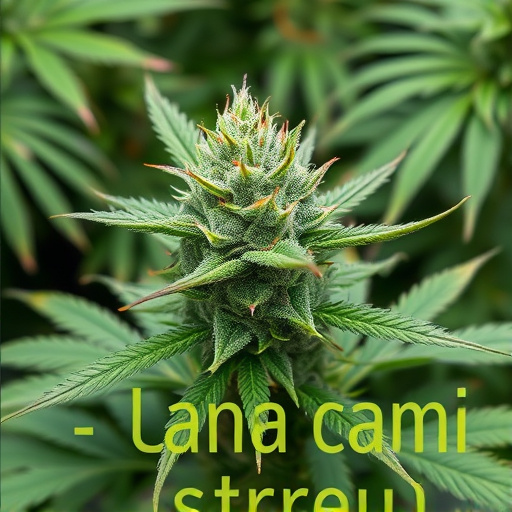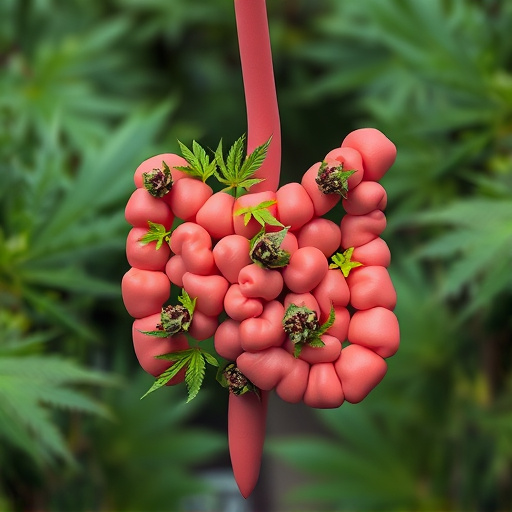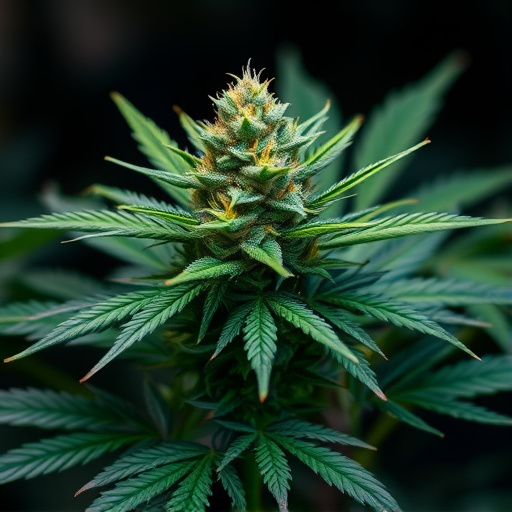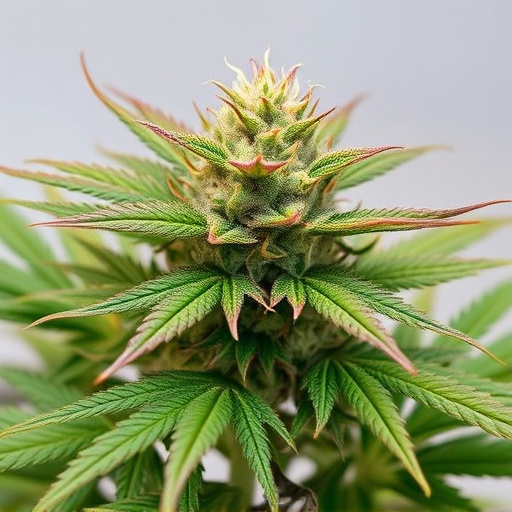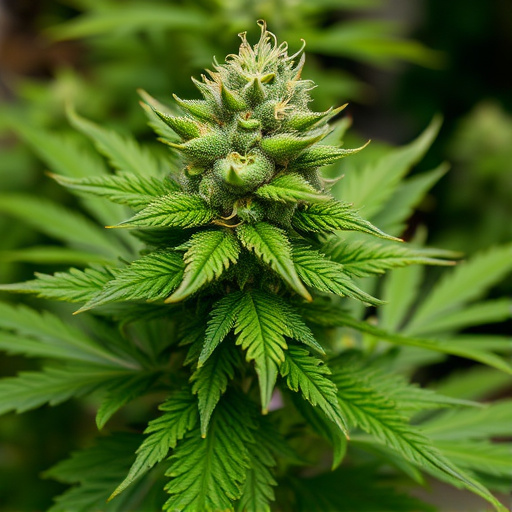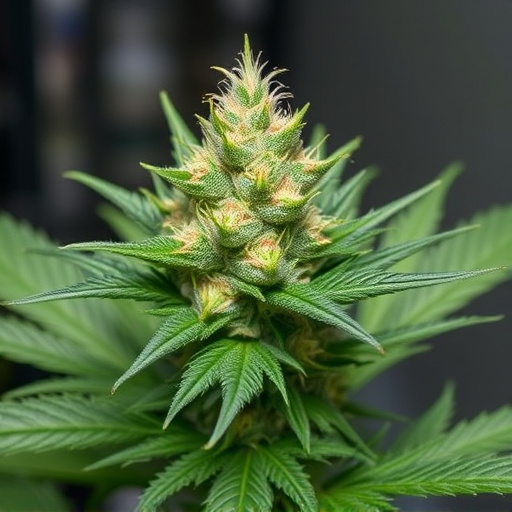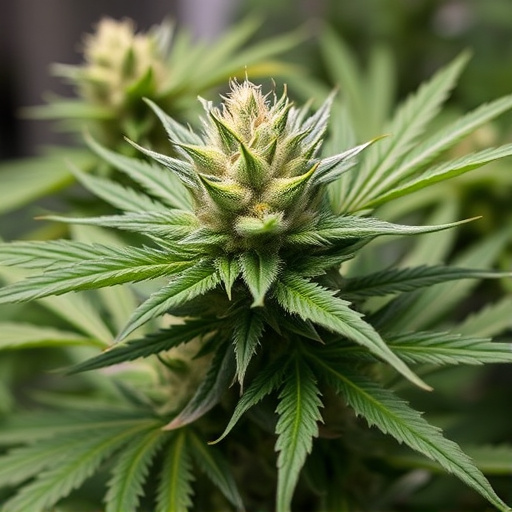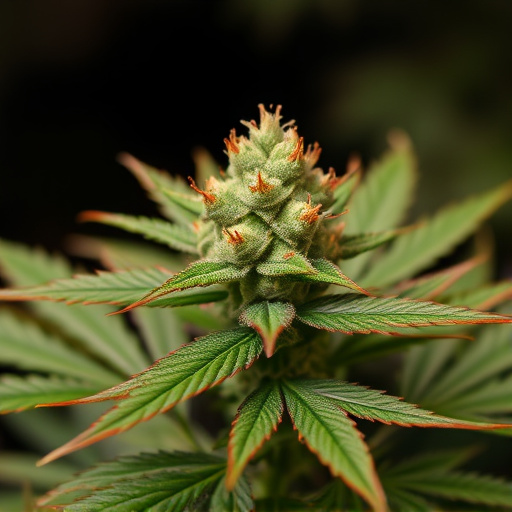Vaporization offers a healthier alternative to smoking cannabis, allowing users to control temperature for optimal effects from different cannabinoids. The ideal range is 180°C to 200°C (356°F – 392°F), preserving terpenes and flavors. Sativa strains prefer higher temps (193-210°C) for enhanced THC, while Indica benefits from lower temps (177-193°C). Hybrids fall in between, with personal preference guiding adjustments.
“Uncover the secrets to optimal vaporizing temperatures for weed consumption and elevate your experience. This comprehensive guide explores the benefits of vaporization, a preferred method among cannabis enthusiasts. Learn how temperature plays a pivotal role in unlocking the unique terpenes and cannabinoids of the newest strains of cannabis.
We’ll delve into the factors that influence ideal settings, ensuring you maximize flavor and effect. Whether you’re a seasoned user or new to vaporizing, this article provides valuable insights for an enhanced and tailored cannabis experience.”
- Understanding Vaporization and Its Benefits for Weed Consumption
- Factors Influencing Optimal Vaporizing Temperatures
- Ideal Temperature Settings for Different Newest Strains of Cannabis
Understanding Vaporization and Its Benefits for Weed Consumption
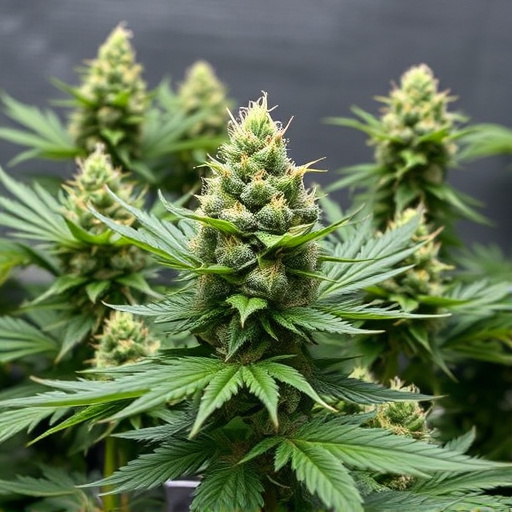
Vaporization has emerged as a preferred method for consuming cannabis, offering numerous advantages over traditional smoking. By heating cannabis to specific temperatures, vaporizers release the active compounds, including THC and CBD, in a smooth and flavorful mist. This process avoids the combustion byproducts that can be harmful to users’ lungs, making it an increasingly popular choice among those who enjoy cannabis, especially with the newest strains of cannabis on the market today.
One of the key benefits is the ability to control temperature, allowing consumers to choose their desired effects. Different cannabinoids vaporize at distinct temperatures, so adjusting the heat can provide a personalized experience. This method also conserves the plant material since there’s no combustion or ash production, making it an eco-friendly choice for cannabis enthusiasts.
Factors Influencing Optimal Vaporizing Temperatures

The optimal vaporizing temperature for weed is a balance between achieving a pleasant, aromatic experience and extracting the desired compounds from the newest strains of cannabis. Factors like terpene profiles and cannabinoid concentration vary across different strains, influencing the ideal temperature range for their vaporization. Terpenes, responsible for cannabis’ distinct aromas and potential therapeutic effects, start to degrade at temperatures as low as 160°C (320°F), while cannabinoids like THC and CBD vaporize best between 180°C and 200°C (356°F – 392°F). Additionally, the desired effect plays a role; higher temperatures may produce more intense effects by increasing the amount of vaporized cannabinoids, but they can also alter the taste and potentially reduce the therapeutic benefits. Therefore, users should experiment within these ranges to find the sweet spot that offers the perfect combination of flavor, aroma, and desired effects for their specific strain.
Ideal Temperature Settings for Different Newest Strains of Cannabis
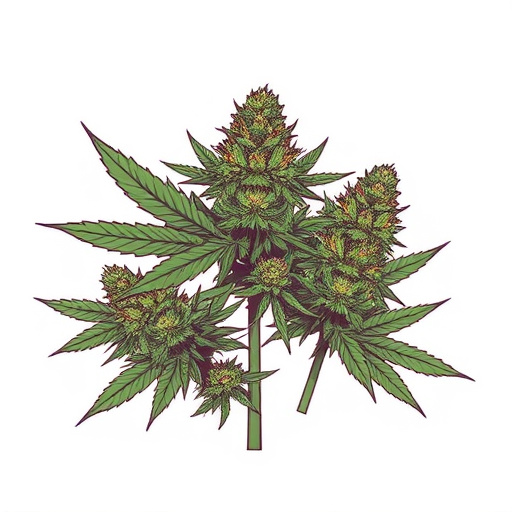
When it comes to vaporizing weed, understanding the ideal temperature settings for different newest strains of cannabis is key to unlocking a truly optimal experience. Each strain has unique terpene profiles and cannabinoid concentrations, which dictate their best vaporization temperatures. For example, Sativa strains, known for their energizing effects, often thrive at slightly higher temperatures, around 380-410°F (193-210°C). This range allows for the release of more THC, providing a stronger mental lift.
In contrast, Indica strains, celebrated for their calming and sedative properties, benefit from lower temperature settings between 350-380°F (177-193°C). These temperatures help preserve the strain’s more delicate terpenes responsible for the soothing sensations associated with Indicas. Hybrid strains, being a mix of Sativa and Indica genetics, offer some flexibility, but generally fall in the middle range, allowing vaporizers to tailor their settings based on personal preference and the specific hybrid in use.
In conclusion, optimal vaporizing temperatures for weed vary depending on desired effects and the specific characteristics of the newest strains of cannabis. By understanding how temperature impacts flavor, potency, and therapeutic benefits, users can tailor their vaping experience to personal preferences. Whether focusing on maximizing aroma or achieving a balanced high, knowing the ideal temperature settings ensures a satisfying and efficient vaporizing session.

